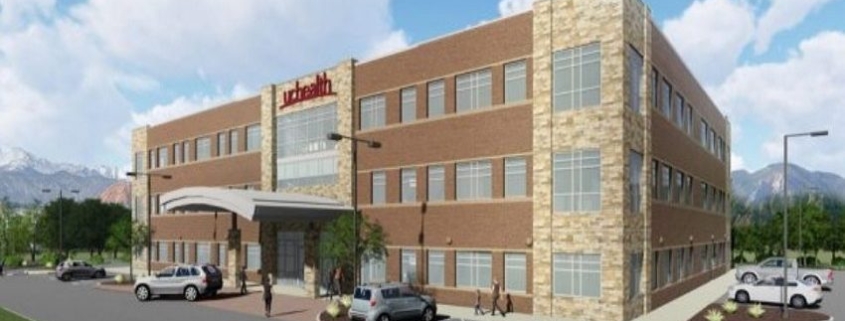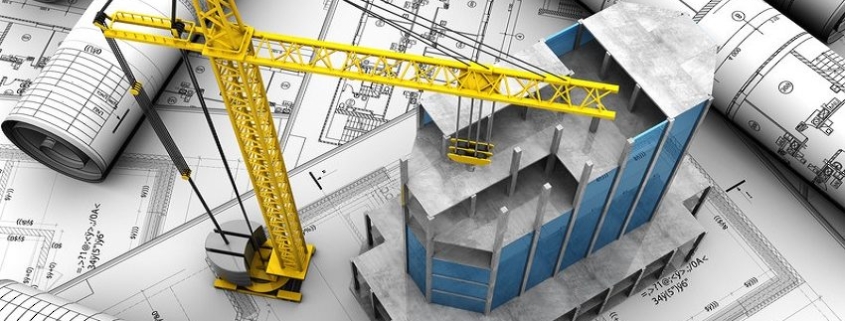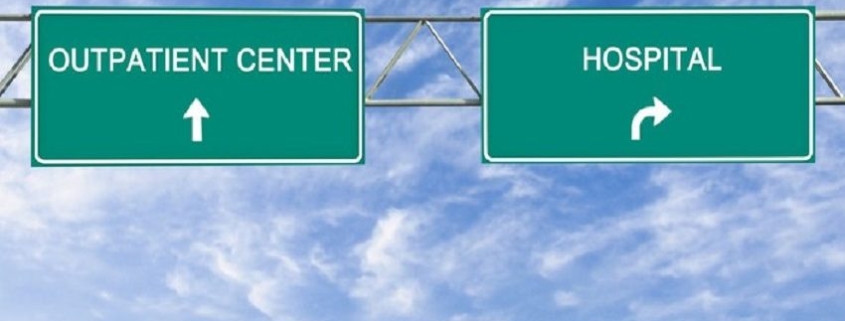MBRE Healthcare Breaks Ground In Colorado Springs For Orthopedic-Focused MOB for UCHealth
MBRE Healthcare, the nation’s largest private owner of healthcare properties, broke ground Aug. 21 for Grandview Medical Center, a 65,000-square-foot medical office building (MOB) on the UCHealth medical campus in northern Colorado Springs.
Slated to open in late 2020, the new, three-story sports medicine and orthopedic-focused MOB at 5818 N. Nevada Ave. will be a critical part of the full-service health campus it will share with Grandview Hospital.
Grandview Medical Center will offer sports medicine-focused primary care, advanced orthopedics imaging, a physical therapy clinic and a 7,500-square-foot rehabilitation gym. In addition, the state-of-the-art treatment patients will receive will be bolstered by a strong research partnership with University of Colorado School of Medicine’s Department of Orthopedics.
“MBRE Healthcare is proud to help bring this incredible resource, one that provides such a critical service with sports medicine and orthopedic patients of all ages and stages in southern Colorado and the Pikes Peak region,” says President Peter Westmeyer. “It’s another example of the way MBRE Healthcare helps top providers like UCHealth to deliver outstanding healthcare services in quality settings.”
“The addition of the Grandview Medical Center will enable our patients to receive a coordinated, patient-centric experience at a single location that includes primary and specialty care, advanced imaging capabilities, and therapy services,” says Andrew Ritchie, chief administrative officer for Grandview Hospital. “We are also opening an imaging center that will have the latest capabilities, including DEXA scans that measure bone health and bone density. The center also will have a weight-bearing CT machine, a relatively new technology that is important for diagnosing foot and ankle concerns.”
The 22-bed Grandview Hospital, which was also developed by MBRE Healthcare for UCHealth, was warmly welcomed by the community when it opened in late 2016 and patient volumes have far exceeded expectations. The hospital and the site of the future Grandview Medical Center offer convenient access to U.S. Interstate 25 and are in close proximity to the University of Colorado – Colorado Springs (UCCS) campus and University Village Shopping Center. Additionally, as the Grandview name implies, the campus affords beautiful views of majestic Pikes Peak.
Grandview Medical Center is being developed and will be owned by Chicago-based MBRE Healthcare, and will be leased and operated by UCHealth. The project development team also includes BSA LifeStructures architects, Drexel Barrell & Co. engineers and Hensel Phelps general contractors.




